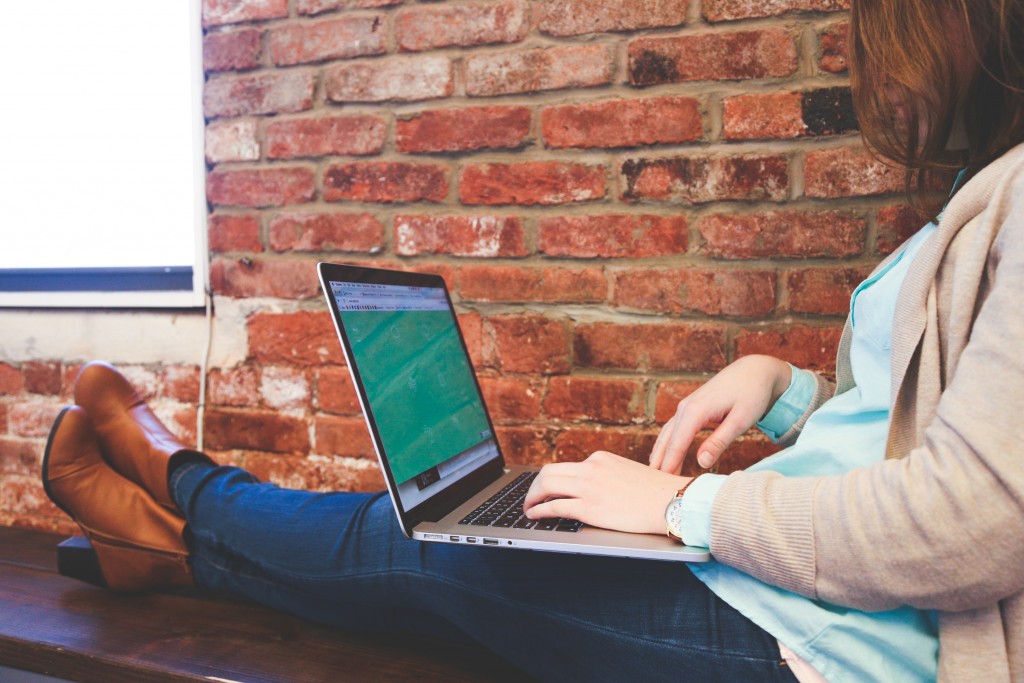Creativity is a universal human trait, even if some people think they are lacking it. The truth is that the human brain was designed to be innovative and adaptive as a form of survival. Saying that painters and musicians are MORE creative than accountants or bankers is like saying one is more human than another. Some people are just more adept at tapping into their personal creativity than others. So how can all people harness their creative power and use it to benefit their work and home lives?
Based on mounting research, that answer lies in two words: Comfort level. Researchers from the Georgia Institute of Technology interacted with children between the ages of 4 and 6 in two different environments (a windowless room of their own home, and a kid-friendly area in a bookstore) and played a game, asked their feelings on the environment, and gave them a drawing prompt. Despite the children expressing that they felt more comfortable at home, they were actually more creative in the bookstore environment that had furniture, activities, toys and colors designed with kids in mind.
So why were these kids more creative in surroundings outside their homes? The researchers concluded that the contemporary home segregates children’s themes to their own rooms, despite kids actually wanting to play and socialize in community rooms like the kitchen or living room. Creativity was therefore higher in a kid-friendly location because of the welcoming environment.
This study is just one in hundreds that have attempted to understand why people of all ages show more creativity in certain settings. Though the outcomes are all a little different, it seems that when people feel comfortable and secure, they are free to tap into their highest levels of creativity. Let’s take a look at what that means when it comes to careers, families and personal lives.
The Room
Just as the kids in the experiment above were more creative in a bright, child-friendly location, adults perform better when they feel stimulated by their own surroundings. The best environments for creative expression in adults and children have natural lighting, bright colors, and organized space. Offices with windows, for example, are cited by workers as being better for creativity than walled off spaces that only pipe in artificial light. If a room makes you uneasy, or is cluttered, your brain will feel constrained and the creative juices will not flow naturally.
The same is true for home life. When you are working on a project in your house, go outside to brainstorm or find the room with the most natural lighting. Even if your entire house is a mess, clear a small spot so it is clutter free and organized. This will make it easier for you to focus and for ideas to come to mind.
Physical Comfort
When your body isn’t at ease, it is in a constant battle to feel normal or better. This steals some energy from the creative process and prevents your thought process from functioning optimally. Things like the temperature of the room make a difference in how you carry on. If you are too hot or too cold to think straight, creativity takes a back seat to the human survival instinct to maintain a pleasant temperature. The way you are sitting also impacts your creativity. If you are in a chair that is uncomfortable or causes you to strain to complete tasks, your body and brain are spending way too much time correcting themselves to allow for creativity.
How to Tap Optimal Creativity
So based on what we’ve just learned about the role that comfort plays in creative thinking, here are a few tips to optimize your surroundings:
Use natural light.
When possible, sit in a room with a window or skylight. If this is simply not an option where you work, consider investing in a small lamp that replicates natural lighting.
Sit in a supportive, comfortable chair.
Don’t put up with feeling uncomfortable and certainly don’t allow yourself to feel pain. If you are experiencing back pain or headaches during or after your workday, it is probably related to your posture and chair. Find a supportive chair that is adjustable so you can always be at the right angle for comfort and creativity.
Limit distractions.
You may not have control over where your office is located or which direction your desk faces, but try to control your own environment to maximize your potential. This means finding a comfortable chair like mentioned above, and keeping clutter to a minimum. It also means getting rid of anything that is pulling you away from the creative process (like social media, your phone, and checking your email). Try your best to focus on the task at hand and eliminate any distracting factors.
Get up and move.
If you feel like your thoughts are stuck, it may help to move — physically. Walk away from your desk and get your blood pumping. Changing your scenery will force your brain to work harder to adjust and may get your creativity flowing again if it has stalled. The endorphin boost that accompanies moderate to high impact exercise can also boost creativity and certainly give you a more positive outlook on whatever project is at hand.
Find creative outlets for fun.
Look for ways to enhance your creative mindedness outside your normal work and home responsibilities. Go to a dance class, learn to paint, or attend a writing workshop. Pushing your creative boundaries when there is nothing major on the line will help you to more readily tap that part of your thought process when you truly need it.
Ask for input.
Even with a comfortable setup and the right preparation, creativity can still be tough to tap. If you need an outside opinion, ask for one. This could mean bringing in a co-worker to look at your latest project and give some thoughts, or asking your spouse for advice on a home project. You never know what they may say that sparks a new creative thought of your own.
You may not feel like the most creative person in your home or workplace but there are ways to set yourself up for more optimal success. It all depends on your approach and understanding that comfort level and creativity are integrally connected.
Find a Home-Based Business to Start-Up >>> Hundreds of Business Listings.

















































